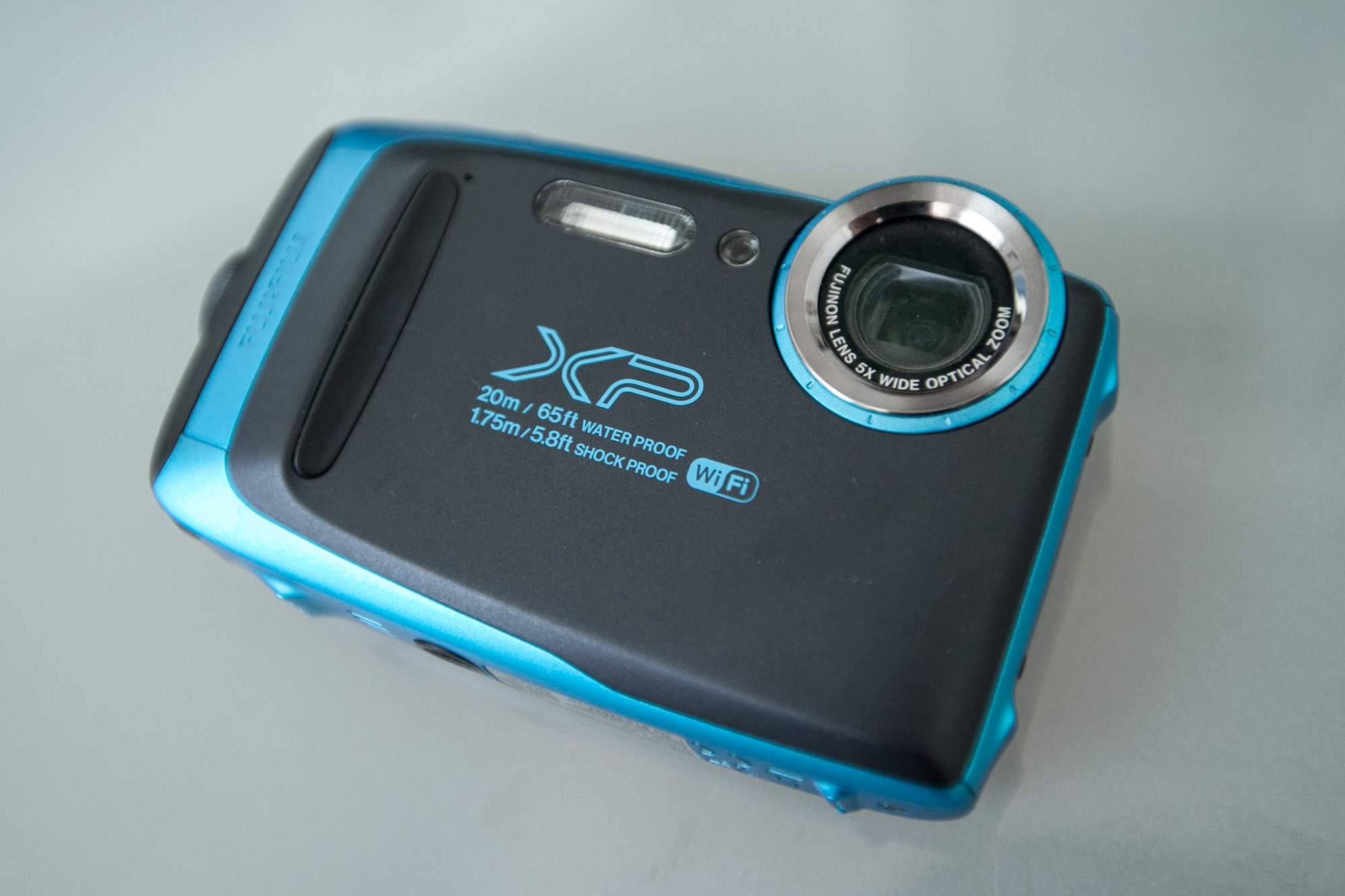
The Fujifilm Finepix XP130 is a compact camera with a 1 inch 16.4MP 1/2.3″ BCI-CMOS sensor, a 3 inch LCD screen, and a 5x optical zoom. It is Wi-Fi enabled and can shoot up to 10 frames per second at a maximum ISO of 6400. It can also shoot Full HD 1080p video at up to 60fps, and has optical image stabilization. But what really sets the XP130 apart is the fact that it is waterproof, dustproof and shockproof, and capable of shooting at temperatures as low as -10 degrees Celsius.
The XP130 truly is the camera you can take to places you wouldn’t bring your smartphone. It is submersible to a maximum depth of 20m underwater, and can comfortably withstand a fall from a height of 1.75m. It also has a Geotagging feature which tells you the exact GPS coordinates of the location where each image was taken.
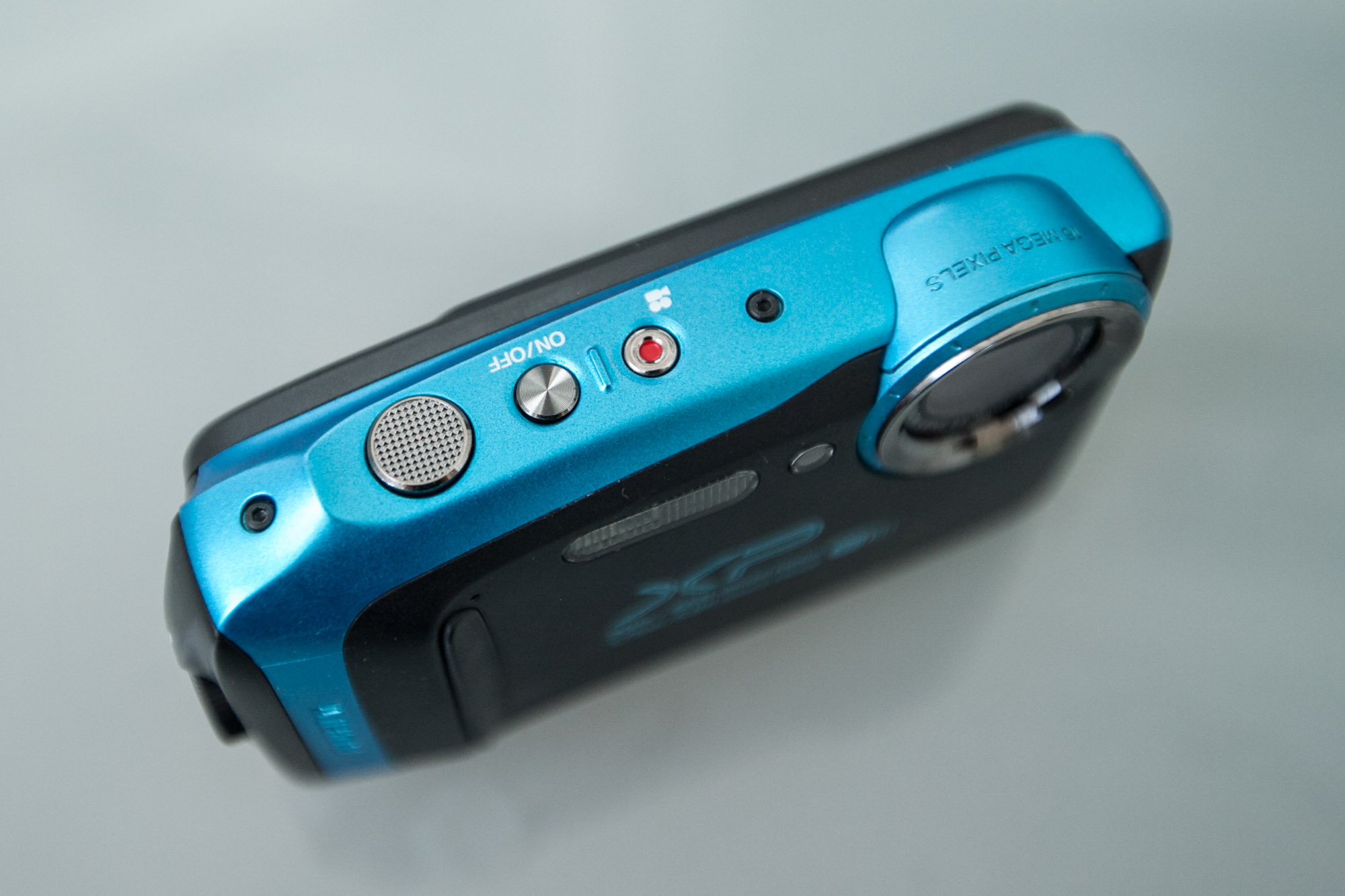
Big reputation
Fujifilm is a company that has built a big reputation in the mirrorless camera world for it’s X-series of cameras, which are beautiful to look at and fantastic to use, and also produce wonderful images. Despite the ‘X’ in it’s name however, the XP130 it not an X-series camera, and this much is obvious the moment you lay eyes on it. It’s pretty unremarkable, aesthetically speaking, and lacks the impressive manual controls that the X cameras are known for.
In order to insert the memory card you need to open the compartment on the side by pressing a release button and rotating the locking mechanism. It’s a little bit finicky, but that’s just how it has to be in order to be keep the interior safe from water damage.
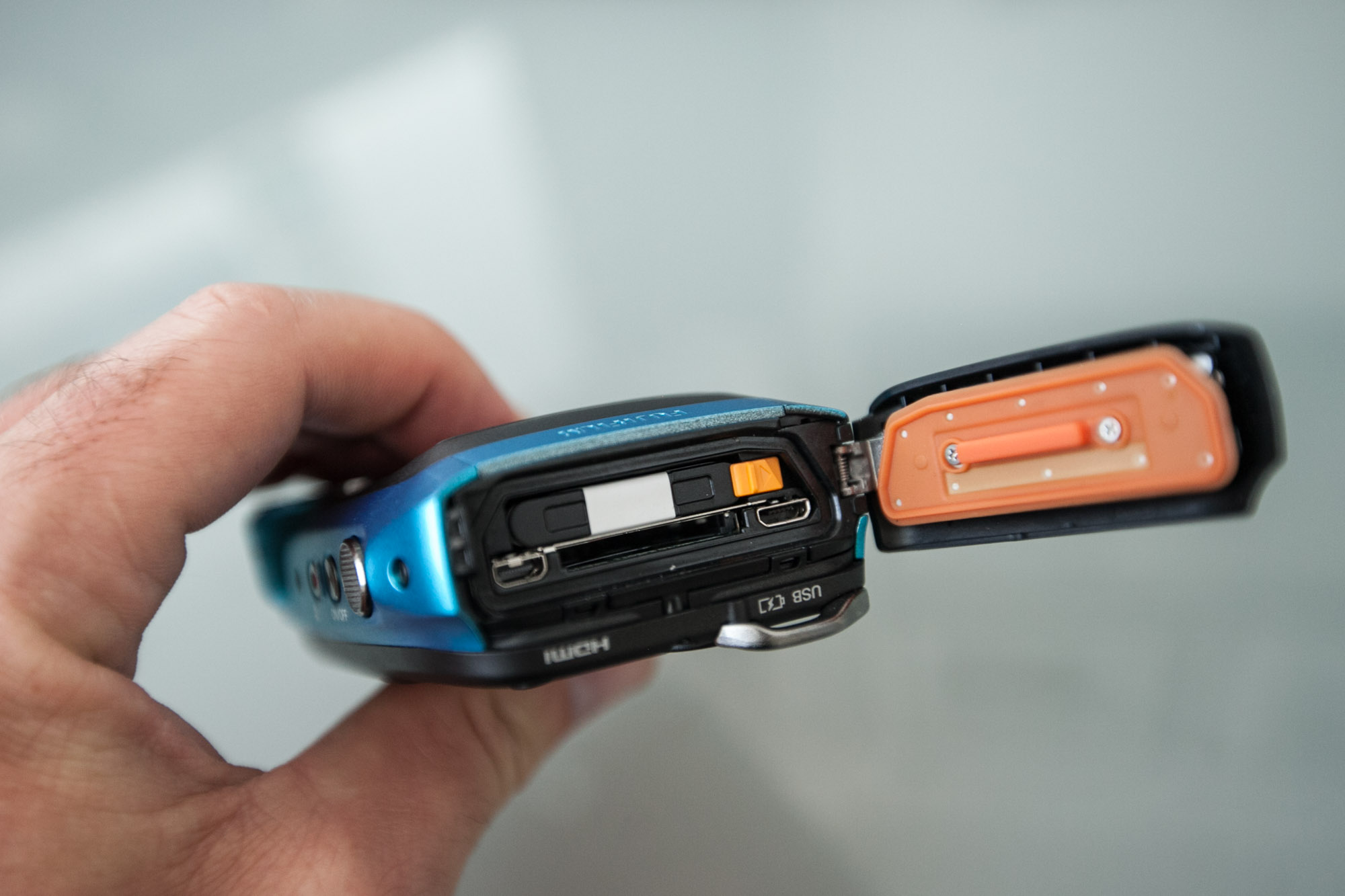
USB charged
Behind that sealed door is also the battery and the USB port, which allows you to connect the camera to a computer in order to download the images. This is also how you charge the battery, as the XP130 doesn’t come with a separate charger for the battery. I love cameras that charge by USB – they are great to travel with because you never need to worry about different electrical standards and wall sockets types.
However, you don’t absolutely need a physical connection to download images from the XP130. You can also connect it to your computer or device via Wi-Fi or Bluetooth and transfer images wirelessly, making it quick and easy to share your images.
I was really excited to take the XP13 on a family vacation by the ocean recently. I was especially curious to see how easy it would be to capture images underwater. One of the drawbacks of the XP130 however is it doesn’t come with a good wrist strap that you can cinch up nice and securely around your wrist. I wanted to bring it with me to the floating dock and I found myself either swimming awkwardly with it in one hand, or else putting it in a pocket and hoping it didn’t fall out.
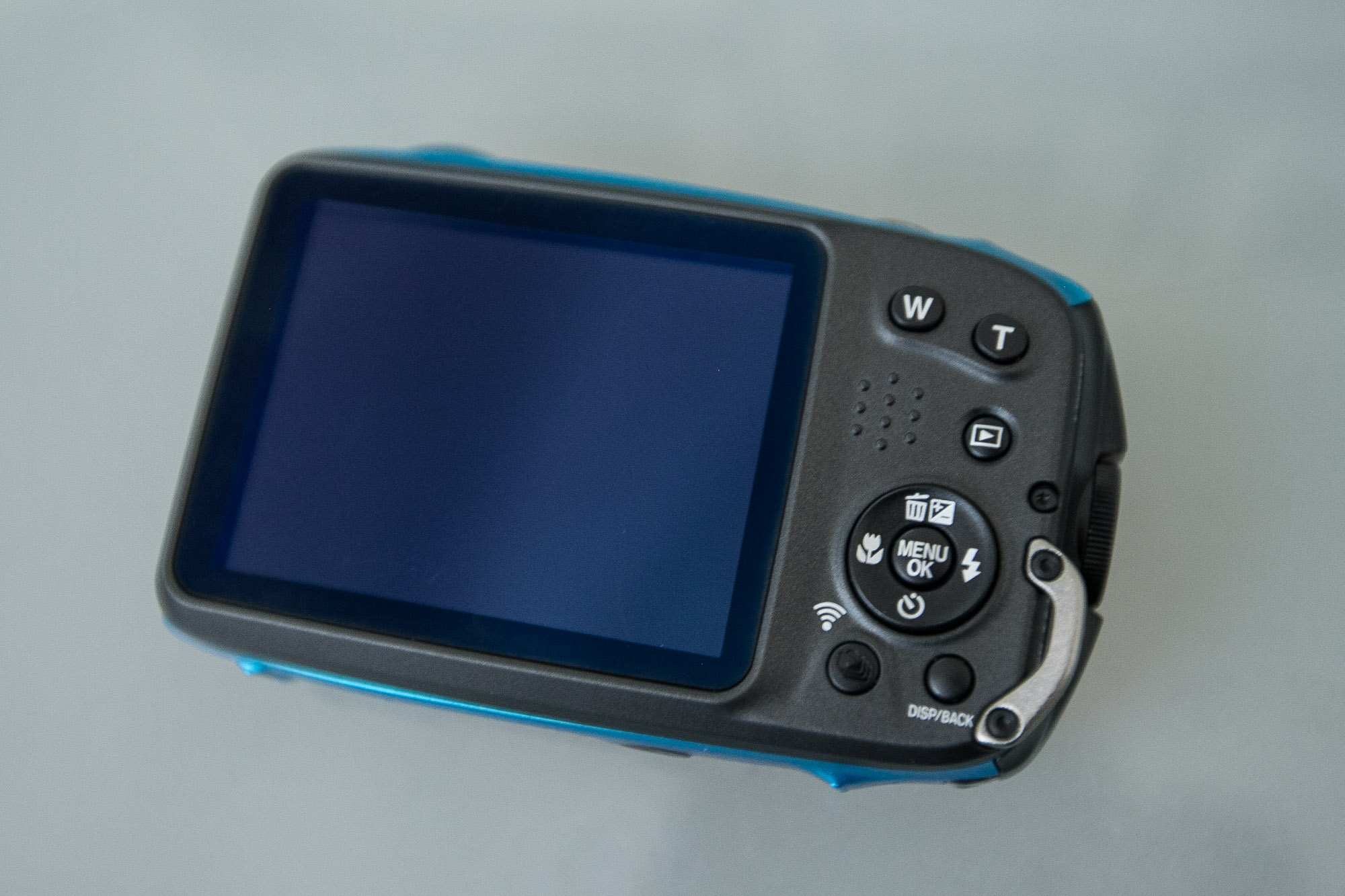
Unfortunately I found I wasn’t able to get clear images underwater, but this was actually because the water itself wasn’t very clear. As this was my first time shooting underwater it never occurred to me to think about the visibility—lesson learned. After you use the XP130 in salt water you are recommended to soak it in fresh water for about 10 minutes, which was something I did religiously as I know that salt water can be corrosive over time.
Action shots
Despite not being able to get a clear shot underwater, it was great to be able to bring the camera into the water and get great action shots of the kids enjoying themselves. The XP130 has a button on the back that allows you to switch to burst or continuous shooting mode, and you can shoot up to 10 frames per second in regular mode, or ultra-high speed bursts at 60 frames per second, but limited to a maximum of 70 frames, and with smaller image sizes.
As is my habit, I slathered myself in sunscreen just before I hit the water and I noticed that some got onto the protective glass in front of the lens. I wasn’t able to clean it there and then as I didn’t have access to a clean cloth, and I felt that it did adversely affect the image quality somewhat.
Shooting modes
The XP130 has a variety of shooting modes, including Portrait, Landscape, Sport, Night, Night (Tripod), Sunset, Snow, Beach, Under water, Under water (Macro), Party, Flower and Text. You can also choose your own white balance setting, or allow the camera to set it automatically. Unfortunately you can’t shoot uncompressed RAW files though, just JPEG files which give you less options to post-process your photographs.
Aside from the shooting modes mentioned above, there are a number of other photography functions to choose from including 360 panorama, HDR and cinemagraph mode, amongst others. In cinemagraph mode, you get a still image which has one moving portion which you can adjust the size of. It’s an interesting feature but tricky to execute well while handholding the camera. Another cool feature is the double exposure mode which allows you to layer one shot on top of another.
The Finepix XP130 is a fun camera to use, and definitely a good substitute for your smartphone, particularly given the price point and the cost of replacing a broken phone. It has a surprising number of useful features, enough to keep even the most creative mind busy. Check out some of my favourite images from our oceanside vacation below.

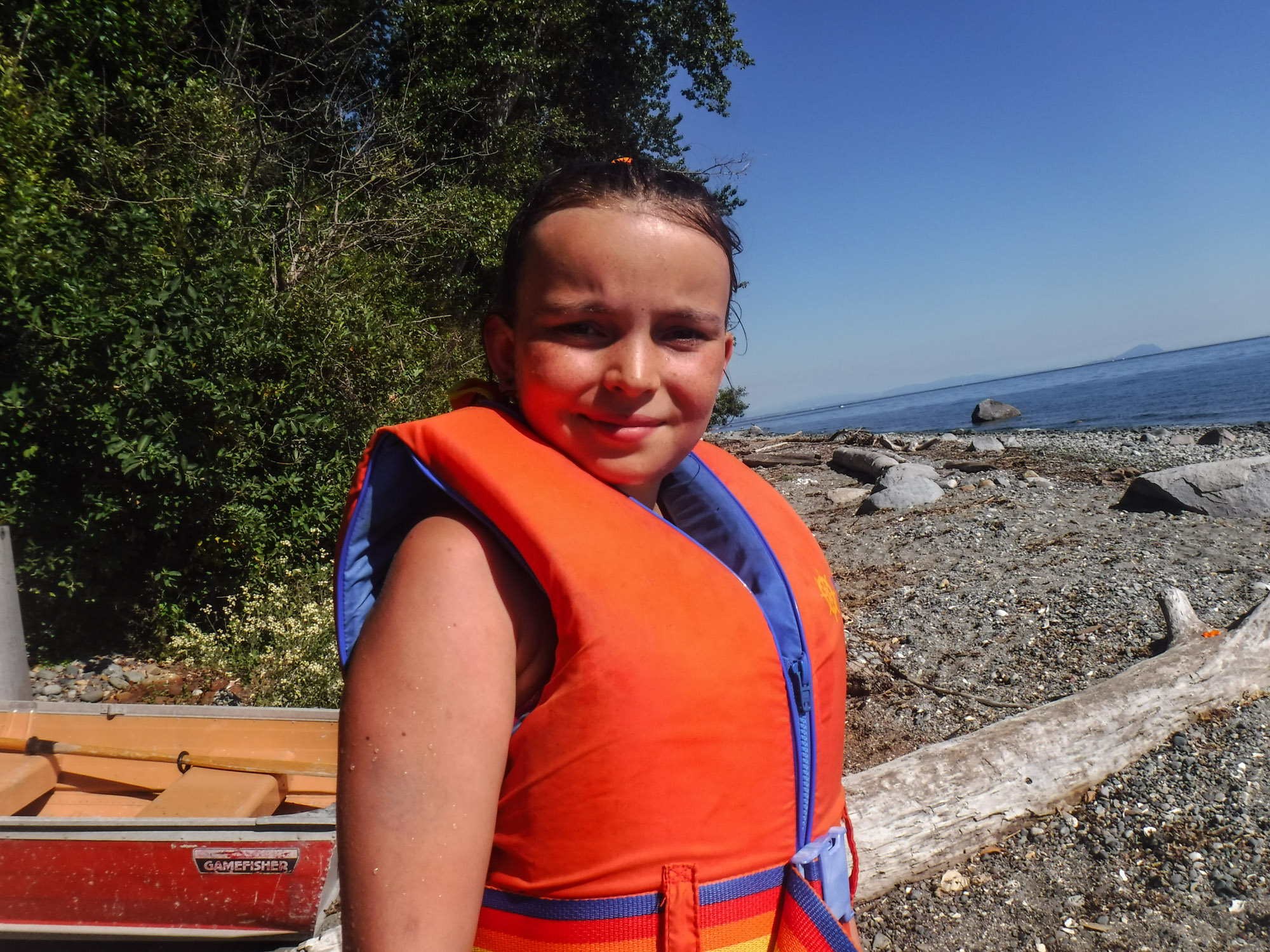
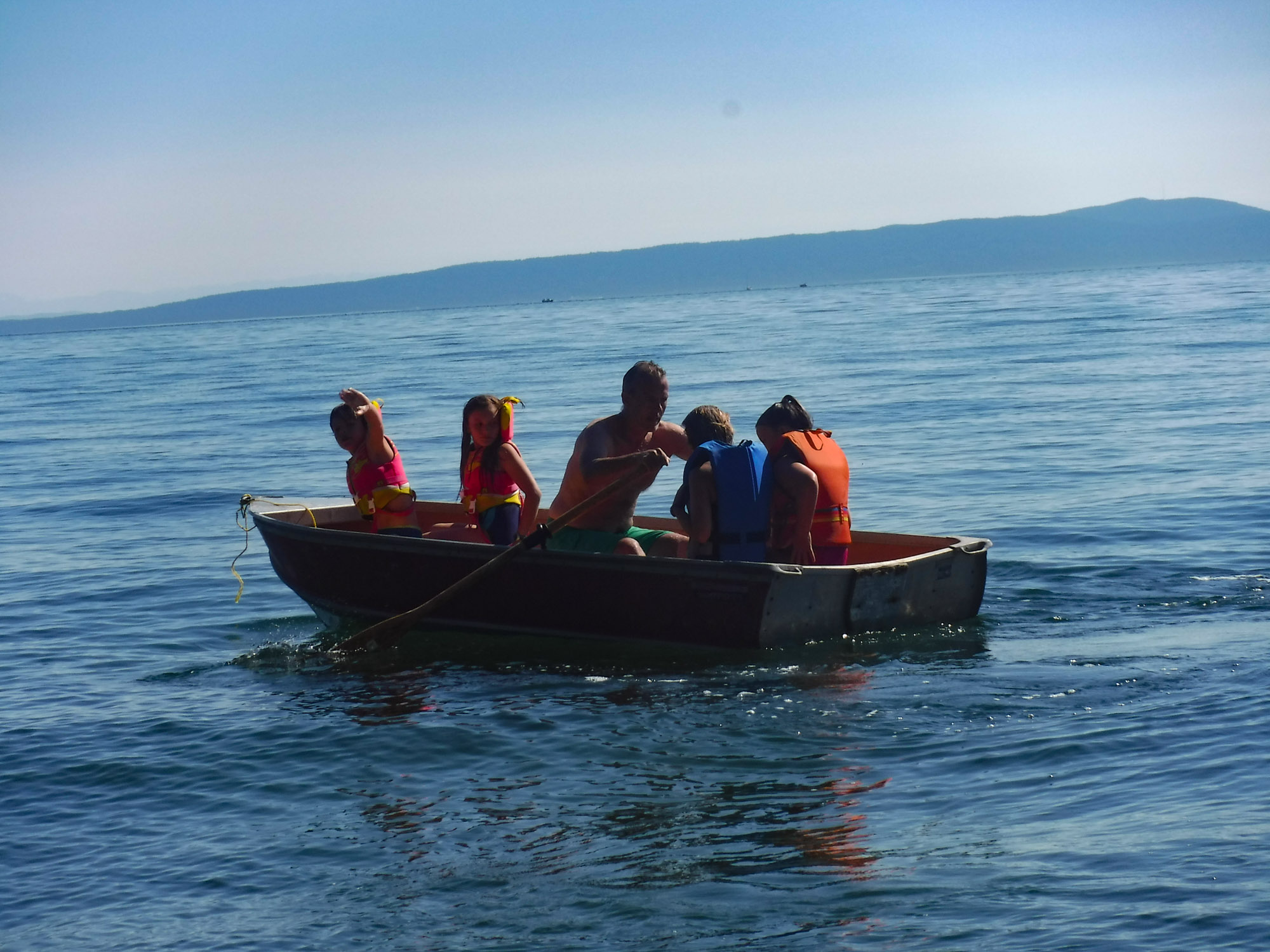
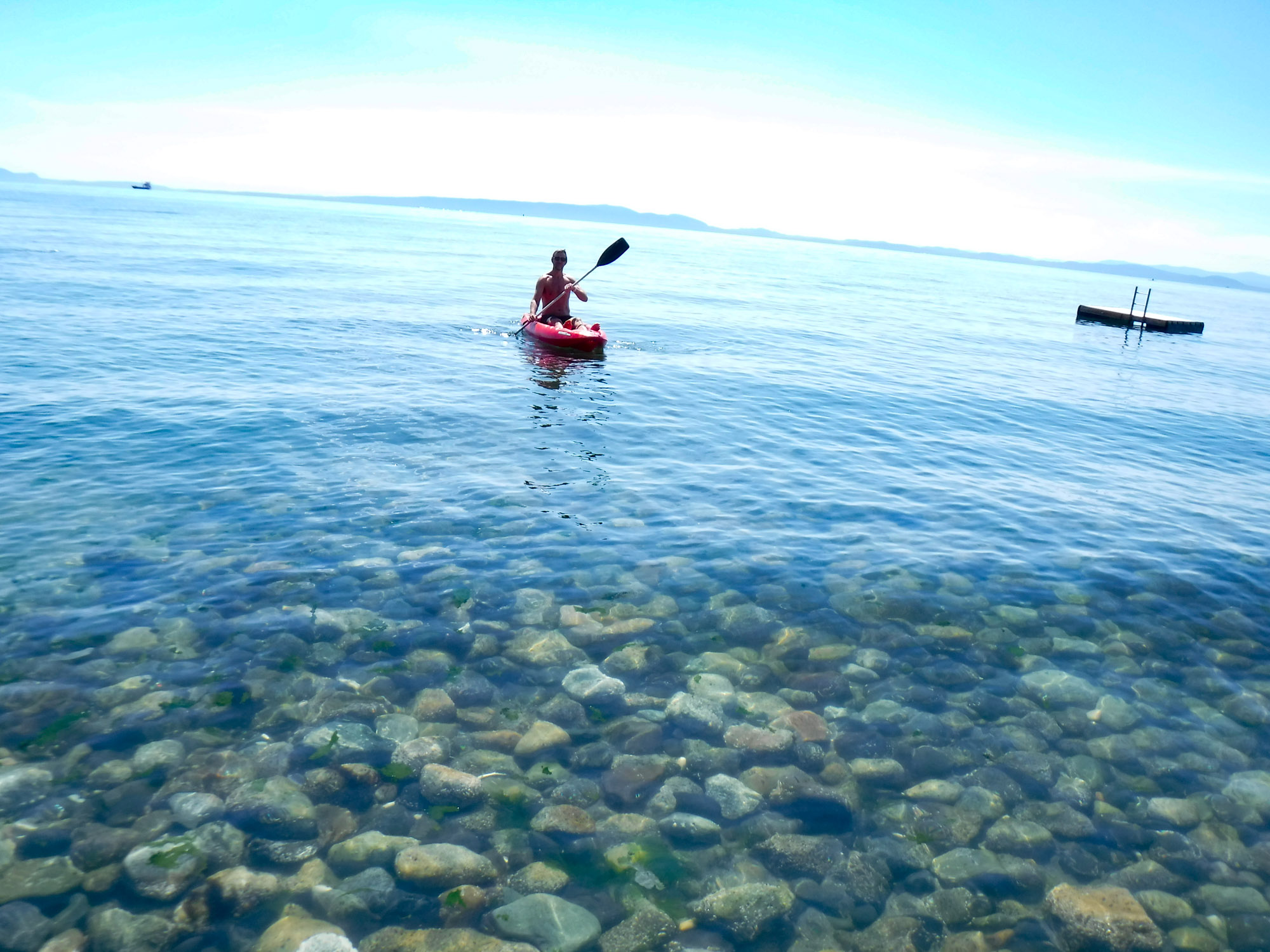
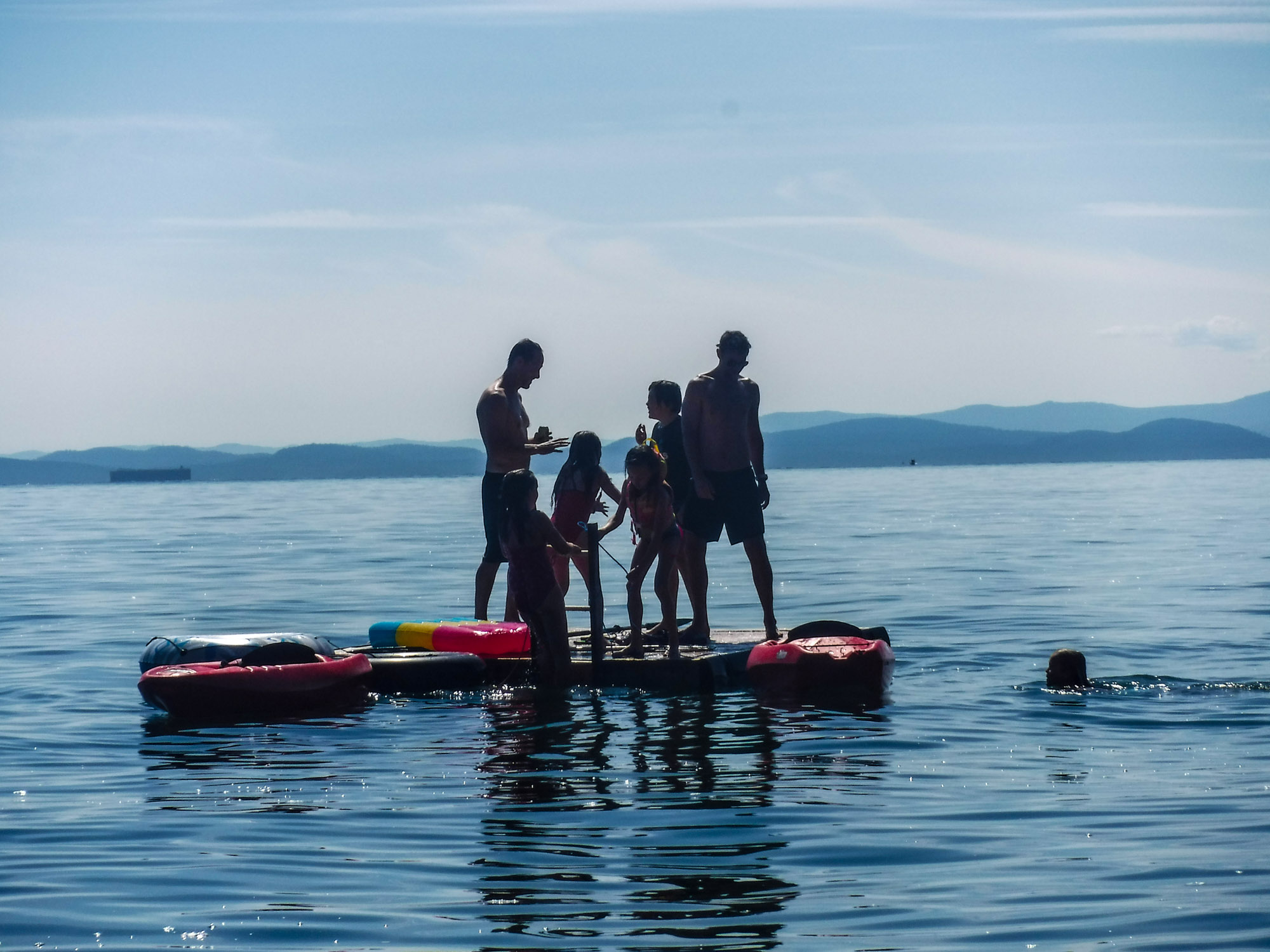
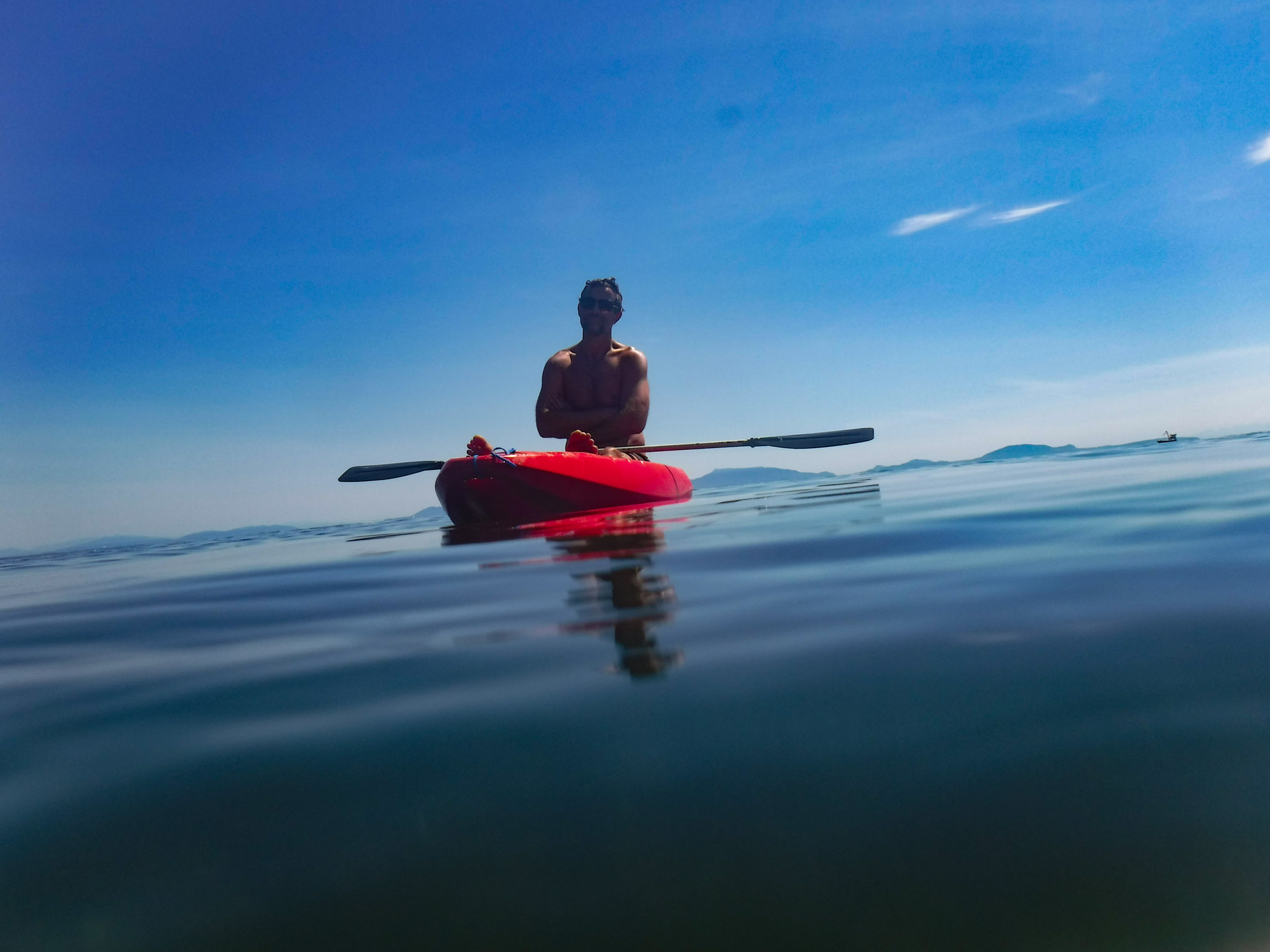
Check out the entire range of compact cameras available at BestBuy.ca here.



